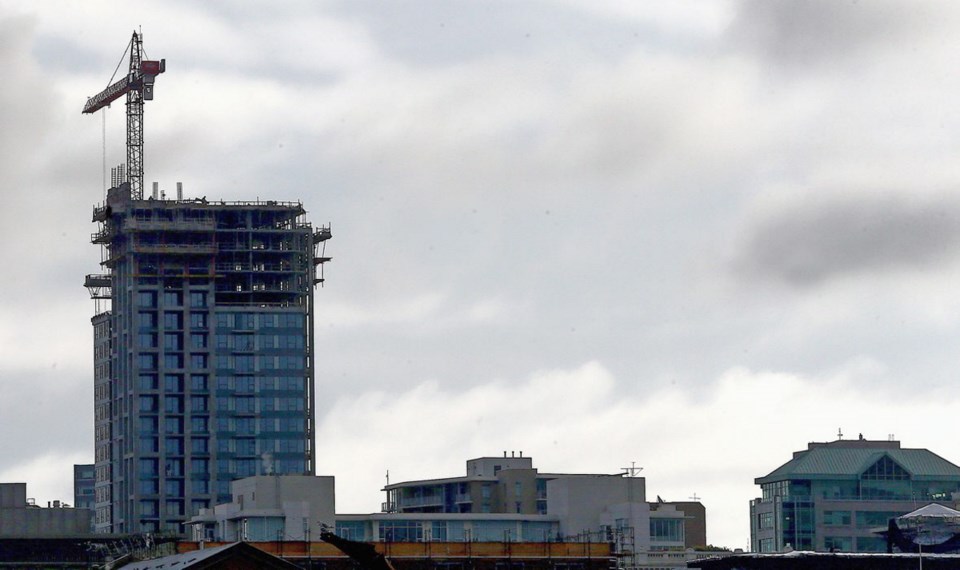Greater Victoria’s unemployment rate jumped to 10.1 per cent in May, as the fallout from the pandemic continues to sweep through the local economy, particularly in the critical hospitality and tourism sector.
Nationally, employment numbers rose by a surprising 290,000, bringing some bright news to the country, where a total of three million jobs have been lost due to COVID-19.
Even so, Canada’s unemployment rate of 13.7 per cent is at its highest level since it began collecting comparable data in 1976, Statistics Canada said in its monthly labour survey report released today.
B.C. also saw a boost in employment of 43,000 as it started phasing in its reopening plan.
The province’s unemployment rate moved up by 1.9 per cent to reach 13.4 per cent in May as more people looked for work.
Most job growth in B.C. was in the services-producing sector, where numbers rose by 41,000. Within that category, accommodation and food services accounted for 12,000 jobs, as did education, and wholesale and retail trade.
The capital region did not see any employment increase, as the number of people working slid to 179,200 last month from 187,700 the previous month. Greater Victoria’s unemployment rate in April was 7.2 per cent.
Much of the low unemployment in the capital region reflects the devastating blow to the region’s tourism sector, with seasonal businesses wondering if they will be able to survive. Closed borders and a ban on cruise ships have hammered restaurants, attractions and hotels. Brian DePratto, senior economist for TD Economics, notes that the labour force survey doesn’t necessarily show how bad things are.
“If a person lost their job but didn’t look for another — a common outcome given the current backdrop — they are not included in the labour force, making the headline unemployment rate look lower than it otherwise would,” he said.
As well, someone can be working but may not be getting as many hours as in the past.
Considering those two factors, Statistics Canada figures that about one-third of Canada’s potential labour force was “under-utilized” last month, DePratto said.
“Close to 90 per cent of those that lost work over March and April are still sitting on the sidelines.”
Lower-wage workers saw employment numbers increase, but they are often working less than half their regular hours, he said.
More to come…



